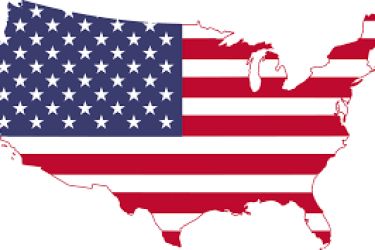
In the United States, there are several visa categories that allow foreigners to work, either temporarily or permanently. Here's a broad overview of the primary work-related visa categories:
1. Temporary Work Visas:
a. H-1B Visa:
* For workers in specialty occupations requiring a higher education degree.
b. H-2A Visa:
* For temporary agricultural workers.
c. H-2B Visa:
* For temporary non-agricultural workers, typically for seasonal non-agricultural jobs.
d. H-3 Visa:
* For trainees or special education exchange visitors.
e. L-1 Visa:
* For intra-company transferees. It comes in two forms:
* L-1A: For managers and executives.
* L-1B: For employees with specialized knowledge.
f. O-1 Visa:
For individuals with extraordinary ability or achievement in sciences, arts, education, business, or athletics.
g. P Visa:
For athletes, artists, and entertainers. It has several subcategories:
* P-1A: Internationally recognized athletes.
* P-1B: Members of internationally recognized entertainment groups.
* P-2: Individual or group performers coming to perform under a reciprocal exchange program.
* P-3: Artists or entertainers coming to be part of a culturally unique program.
h. R-1 Visa:
For religious workers.
i. TN Visa:
Under the North American Free Trade Agreement (NAFTA), allowing citizens of Canada and Mexico to work in the U.S. in specific professions.
2. Permanent Work Visas:
These visas offer a path to becoming a Lawful Permanent Resident (Green Card holder):
a. EB-1 Visa:
*For individuals with extraordinary ability, outstanding professors and researchers, or multinational managers and executives.
b. EB-2 Visa:
* For members of professions holding advanced degrees or individuals with exceptional ability.
c. EB-3 Visa:
* For skilled workers, professionals, or other workers.
d. EB-4 Visa:
* For special immigrants, which can include certain religious workers, employees of U.S. foreign service posts, and more.
e. EB-5 Visa:
*For investors who invest a certain amount of money in the U.S. and create or preserve jobs for U.S. workers.
3. Other Visas with Work Authorization:
a. E Visas:
* Treaty traders (E-1) and investors (E-2) from certain countries.
b. J-1 Visa:
* Exchange visitors in various categories, some of whom are allowed to work.
c. F-1 Visa:
For international students, with possible work authorization options like Optional Practical Training (OPT) or Curricular Practical Training (CPT).
In addition to the visas mentioned above, certain individuals may be eligible to apply for Employment Authorization Documents (EAD) that allow them to work, such as asylum seekers, beneficiaries of Temporary Protected Status (TPS), DACA recipients, etc.
Always remember, visa and immigration rules can be intricate. It's vital to consult with an immigration attorney or refer to the official website of the U.S. Citizenship and Immigration Services (USCIS) for detailed and up-to-date information or Talk to our experts.
